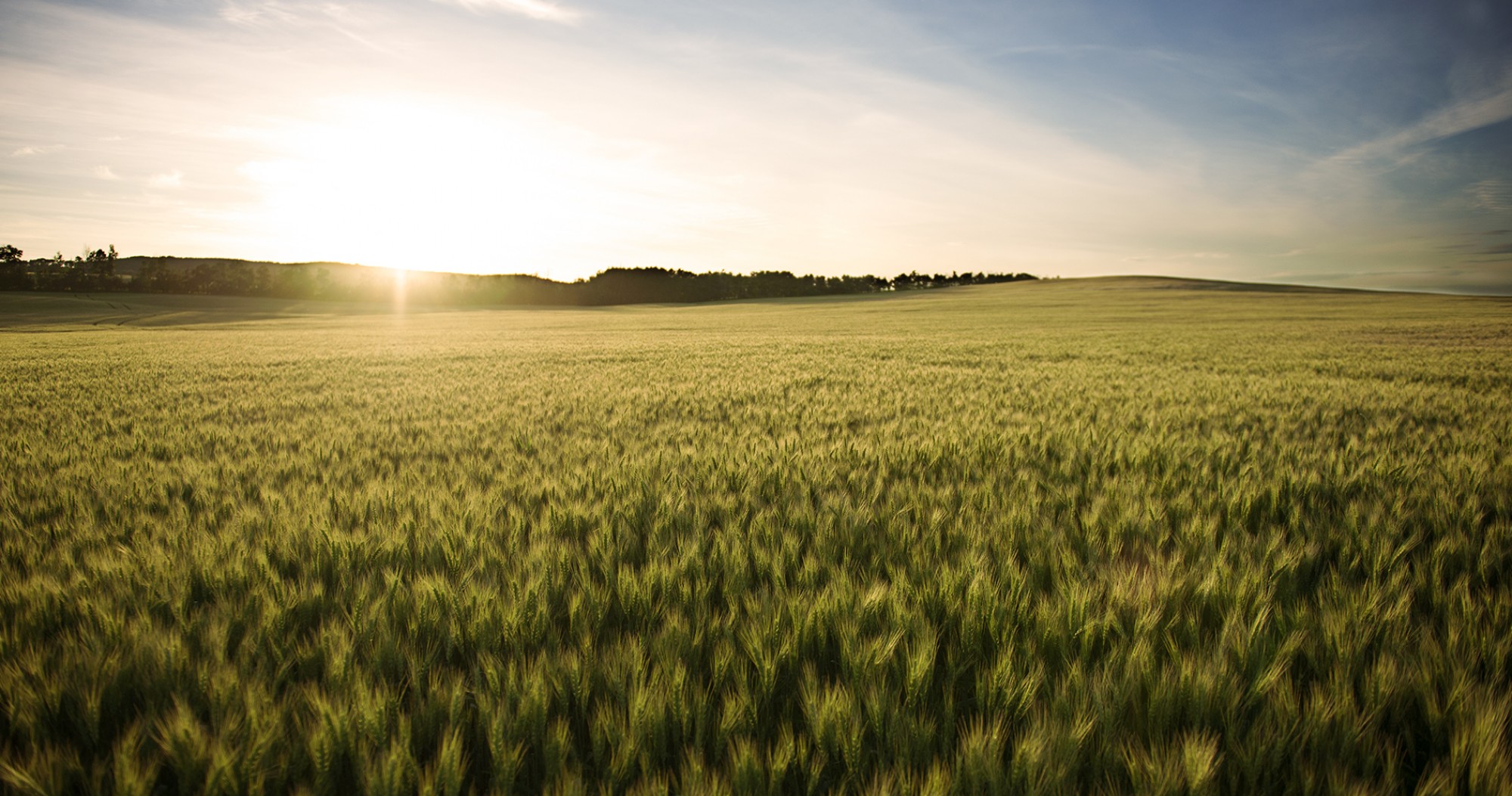On-farm grain drying: second year observations
Team Alberta’s study on grain conditioning is entering its third and final year of data collection with the project end date slated for the beginning of 2022. The primary goal of the study is to identify the energy consumption of different grain drying methods and systems and compare results to find potential areas of efficiency gains.
Several systems were studied during the 2020 data collection period including eleven in-bin, direct-fired natural gas systems; four indirect-fired natural gas-fired systems; three bins heated using solar air collectors; and twelve bins using only aeration.
Data and observations that have been collected from the study are used to compare different drying methods based on specific energy, lowest operating costs and lowest greenhouse gas emissions. The outcomes of the study will lead to the development of a guide specifically for producers looking to add drying methods to their operation, or for existing users to improve their current systems with energy efficient upgrades or operations.
The secondary outcome of this analysis is to provide input to government policy and programming, specific to understanding the impact of the carbon tax on grain drying operations, and how help can be delivered to farmers to mitigate the cost of the carbon tax on their grain drying operations. Some high-level technical and policy observations and considerations are shared below. To read the complete study please visit www.teamalbertacrops.com.
Technical observations from the first two years:
- The natural air drying (solar) system resulted in the lowest specific energy consumption out of all in-bin dryers, as a result of low heating fuel consumption and using only electrical fan energy for air circulation. These systems require favourable weather conditions and are less reliable than comparable heating systems. They can be used as secondary systems but are not recommended as the primary grain conditioning method.
- The indirect-fired systems observed tend to have slightly lower thermal efficiency but require less run time due to the lower relative humidity of the supply air. These are the likely causes of the observed increased efficiency in indirect heated systems, however, further study is required.
- Rooftop exhaust fans decrease specific energy by approximately nine per cent when compared to bins with passive venting.
- A new air distribution system is being tested which may reduce specific energy by approximately 39 per cent when compared to other distribution systems. Further analysis is required.
- Increased supply air temperatures generally resulted in higher moisture removal rates, higher efficiency and lower fuel consumption, which also resulted in corresponding reductions in drying run times and reduced electricity consumption. Increased supply air temperatures need to be monitored as bins that are too dry can cause excessive shrinkage and reduce profitability negating savings. Research continues on optimal and maximum supply air temperatures across grain types and air distribution systems.
- In 2020, two continuous flow driers were metered showing a significant differential in the range of specific energy between the two systems. This will be important when choosing a system.
- Sites metered in this study utilizing a combination of electricity, natural gas and propane show a combined increase of more than 100 per cent on fuel costs, as well as an increased utility cost of over double for an average-sized farm in Alberta.
Policy considerations based on year one and two observations:
Smaller farmers are more sensitive to increases in operating costs. The average farm size in Alberta is trending upwards and as operating costs increase this trend will accelerate and threaten the feasibility of smaller operations. Grain drying is an unavoidable practice required to prevent grain quality deterioration and spoilage but is also difficult to predict. In order to reduce operating costs of grain drying while also reducing greenhouse gas emissions, the following are some initial considerations:
- Remove the carbon pricing on natural gas and propane fuel consumption for sub-meters on grain dryers. The result of the carbon price will see more than a 100 per cent increase in natural gas – the cleanest fuel option for drying. On grain drying alone, the carbon tax is expected to cost farms up to $25,000 annually.
- Encourage the use of natural gas-fired systems or those with lower energy emissions through the use of rebates or tax incentives, and support the expansion of natural gas infrastructure to supply grain drying sites with natural gas.
- Invest research funding into in-bin drying system operations that show higher efficiency.
Team Alberta
A collaboration between Alberta Canola, Alberta Barley, Alberta Pulse Growers and the Alberta Wheat Commission – has been leading this grain conditioning study. Funding for the study has been contributed by the Canadian Agricultural Partnership. 3D Energy Limited has conducted all of the data collection and analysis and the Prairie Agricultural Machinery Institute (PAMI).

